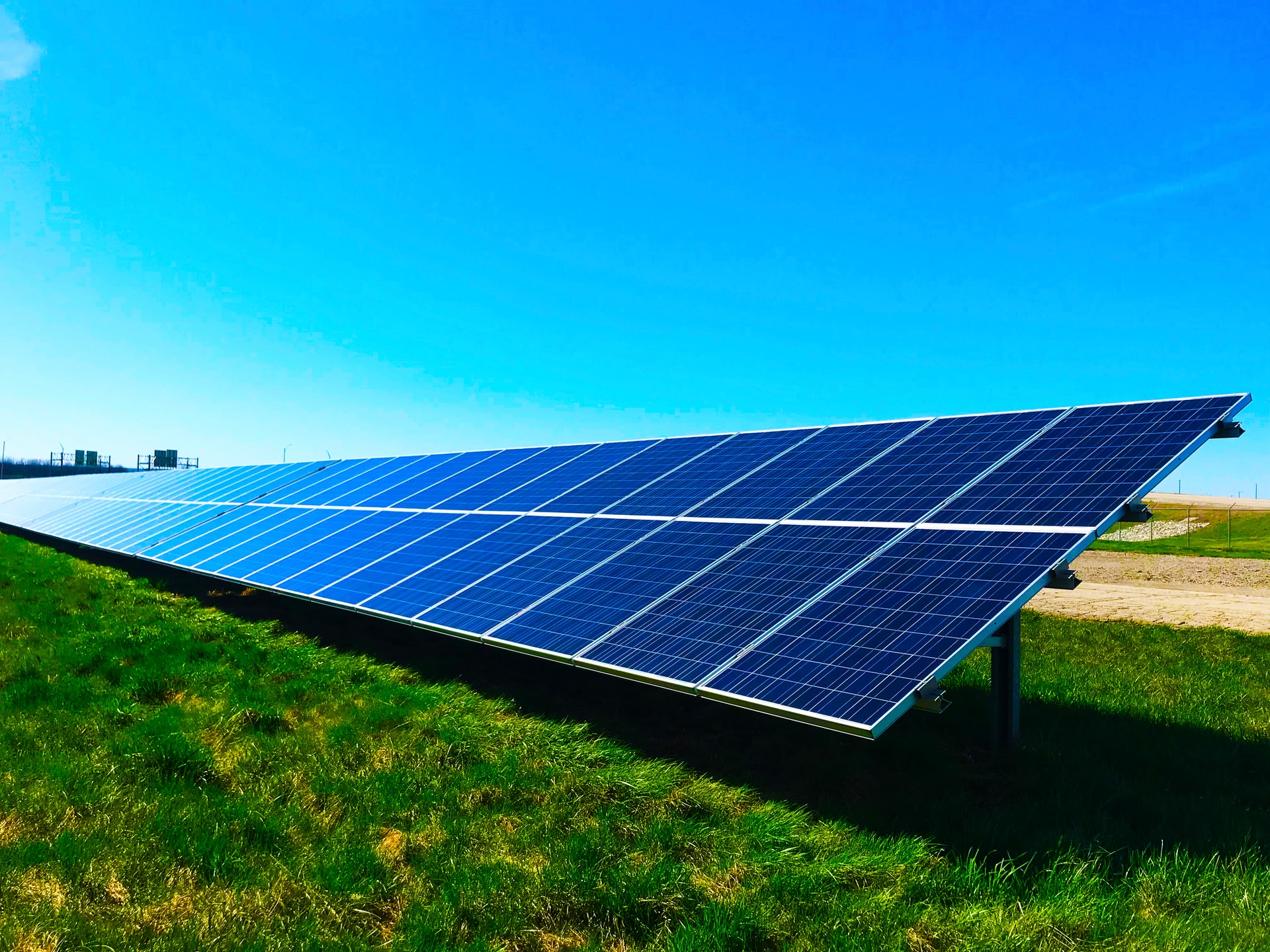Renewable energy is currently a concern for people worldwide, given emerging new world problems like climate change that have led to perennial droughts, flooding in coastal areas, decreasing water sources, wildfires, and increasing desertification. Solar energy stands out as the perfect source of energy in the green world movement and many technological advancements have been made to facilitate solar power harnessing.
Drivers Of The Solar Boom
Solar companies have continued to experience rising demand for their products, with no end in sight for meeting this need. Solar energy devices like solar panels and water heaters have evolved from minimal use to become ubiquitous items, featuring on most modern rooftops. Various reasons have led people to adopt solar energy for their homes, businesses, and firms.
A Cheap Source Of Power
Apart from installation costs, solar energy is free and readily available for a good part of the year in most places. Besides, the cost of solar panels has reduced over the years, making it affordable to more households. Price per watt costs about $3 as opposed to costs of $10 per watt about ten years back.
A Versatile Source Of Energy
Solar energy offers great versatility and can be harnessed for use in various ways:
Passive heating-This involves letting the sun’s heat freely work, for example, letting harvested cereals lay in the open for the sun’s heat to dry them.
Solar photovoltaic cells-They transform the sun’s light into electricity.
Thermal solar technology-The sun’s heat is used for heating water for home or industrial use.
Additionally, solar energy can power practically anything that runs on electricity, including water heaters, lighting appliances, machines, water pumps, and dehydrators.
How Do Solar Pile Driving Systems Work?
Solar pile drivers, make solar panel installation much easier and faster. They drive piles meant to offer support for solar racks and panels deep into the ground with accuracy and speed, allowing solar installation projects to be completed within reasonable time frames.
Pile drivers are versatile, with an ability to bury piles under the ground even in rugged terrain, including steep inclinations, wetlands, and rocky ground. Pile drivers use diesel, steam, and hydraulics in their functions
Advantages Of Solar Pile Driving
Solar farms are the biggest beneficiaries of solar pile driving technology due to their massive installations that traditionally took much longer to achieve. Solar pile drivers offer a myriad of benefits including.
Speed Up Pile Driving
Modern approaches have slowly replaced conventional methods of pile driving. While past installations involved site surveys, time-wasting excavations, and stringing to achieve linear uniformity, today, the process is greatly automated, enabling multiple piles to be placed in short periods.
Saves Costs
Pile driving systems save a lot of costs, from simplified processes and quick pile driving. Their ability to bury piles in their hundreds as compared to a few dozen using old systems enables modern pile drivers to reap from the benefits of economies of scale and offer lower prices.
No Site Clean Up Requirements
Unlike past projects that require site cleaning after the job, solar pile drivers greatly eliminate the need for cleaning as there is no excavation. This means that other more important things can take up the place of site cleaning.
Saves Manpower
Conventional methods of solar pile installation are not only time consuming but are also labor-intensive. With the need for extra hands eliminated, work can proceed with minimal labor costs. This also ensures uniformity, which is hard to achieve where there is a large workforce.
Accurate Placement of Piles
Solar pile driving systems have significantly improved in their accuracy levels as a result of the incorporation of software and GPS technology that work hand in hand to place piles following the specifications provided.
Can Be Hired Or Leased
With the ever-rising demand for solar installations, owning a pile driving system is a sure way to generate income. These machines can be hired or leased to solar technicians at a premium and are a perfect investment for companies or individuals looking to expand their income streams.


 Home4 years ago
Home4 years ago
 Medical3 years ago
Medical3 years ago
 Gadgets3 years ago
Gadgets3 years ago
 Environment4 years ago
Environment4 years ago
 Medical3 years ago
Medical3 years ago
 Energy4 years ago
Energy4 years ago

